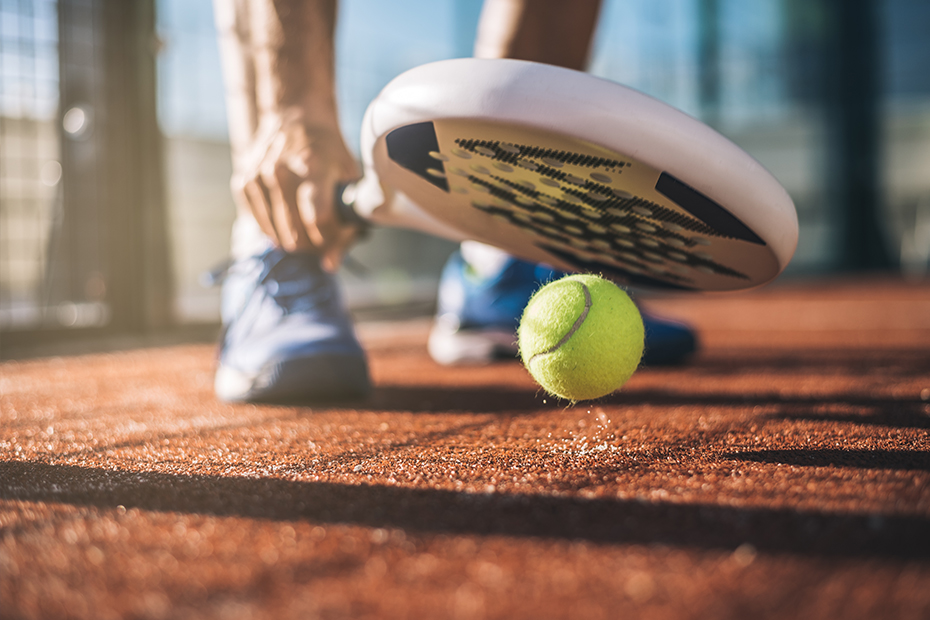

Exploring the Uniqueness of Padel and Tennis
Padel and tennis are two racquet sports that, while sharing a common foundation in their use of a racket and a ball, exhibit distinct characteristics that cater to different types of athletes and sports enthusiasts. Understanding these differences and similarities helps highlight their unique appeals in the world of sports.
History and Origins
Tennis can trace its roots back to late 12th-century France, evolving from a game called jeu de paume. Over the centuries, tennis has transformed into the beloved sport we recognize today, characterized by vibrant tournaments, both professional and amateur. The grass courts of Wimbledon, the red clay of the French Open, and the hard courts of the US Open and Australian Open offer thrilling venues for competition, drawing huge audiences worldwide.
In contrast, padel is a relatively newer sport, having been invented in Mexico in 1969. Padel was designed to be a more accessible and social version of tennis, played typically in doubles on an enclosed court about one-third the size of a tennis court. The sport has gained popularity in Spain, where it is often considered as significant as soccer, and is rapidly expanding across Europe and Latin America.
Court Design and Gameplay
The design of the courts is one of the most significant differences between padel and tennis. Padel courts are surrounded by glass walls and fencing, allowing players to play the ball off the walls, similar to squash. This element adds an exciting dynamic to the game, as players must anticipate how the ball will bounce and change direction after hitting the walls. The scoring system in padel mirrors that of tennis, but with fewer games and sets, making matches faster-paced.

Tennis, on the other hand, employs larger courts with a variety of surfaces affecting the gameplay. Whether on the grass, clay, or hard surface, the ball behaves differently, influencing players' strategies and play styles. The need for extensive lateral movement, powerful serves, and long rallies characterizes tennis, making it an excellent workout and a showcase of athleticism.
Accessibility and Social Aspects
Another key difference between the two sports is accessibility. Padel is generally easier to pick up for beginners due to its smaller court size and simplified techniques. Many people can enjoy a game of padel without years of experience. It fosters a more casual and social environment, encouraging players to engage and connect with others on and off the court.
Tennis, while also enjoyable for beginners, can require a steeper learning curve for those who wish to compete at higher levels. The intensity of singles matches can sometimes create a more serious atmosphere, but many recreational players enjoy the social aspect of doubles matches, fostering camaraderie among friends and family.
Conclusion
Both padel and tennis offer unique benefits and experiences, catering to diverse preferences in athletic competition and social interaction. Whether you prefer the traditional elegance of tennis or the laid-back vibe of padel, both sports provide opportunities for physical activity, skill development, and community building. As they continue to evolve, their popularity will likely grow, inviting more players to discover the joys of both racquet sports.
High-Performance Industrial Flooring Solutions China Paddle Tennis Court for Sale
High-Performance Industrial Flooring Solutions Durable & Cost-Effective
Homogeneous Transparent Floor – Durable & Stylish Rubber Floor Solutions
Premium Homogeneous Transparent Floor for Durable & Stylish Spaces Rubber Floor Solutions
Premium Sports Floor Solutions Durable PVC Sports Floor & Rubber Floor for Gyms
Durable Rubber Composite Floor Premium Rubber Floor & Mats Solutions